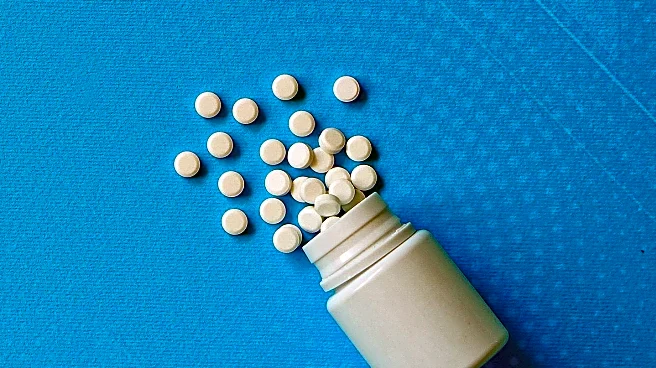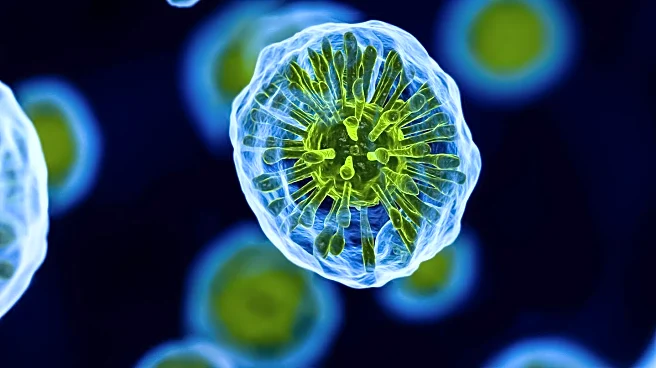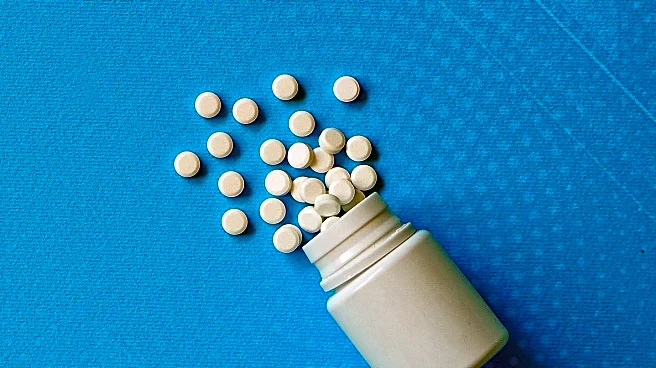What's Happening?
Researchers from University College London and Imperial College London have unveiled how polymyxins, a class of last-resort antibiotics, disrupt the defenses of harmful bacteria. Published in Nature Microbiology, the study shows that polymyxins target the outer membrane of Gram-negative bacteria, causing the bacteria to produce and shed their protective armor. This process, however, only occurs when the bacteria are active, leaving dormant cells unaffected. The findings could lead to new strategies for treating drug-resistant infections, which currently result in over a million deaths annually.
Why It's Important?
The study's insights into polymyxins' mechanism of action are crucial as they address the growing challenge of antibiotic resistance. By understanding how these antibiotics work, researchers can develop more effective treatments for infections caused by Gram-negative bacteria, which are often resistant to multiple drugs. This could significantly impact public health by reducing the prevalence of drug-resistant infections and improving treatment outcomes. The research also highlights the need to consider bacterial states when assessing antibiotic effectiveness, potentially leading to more targeted and efficient therapies.
What's Next?
The research team plans to explore strategies to enhance the effectiveness of polymyxins. One approach could involve combining polymyxin treatment with methods that stimulate armor production or awaken dormant bacteria, making them susceptible to antibiotics. This could pave the way for new treatment protocols that address both active and dormant bacterial cells, potentially reducing the recurrence of infections and improving patient outcomes.










